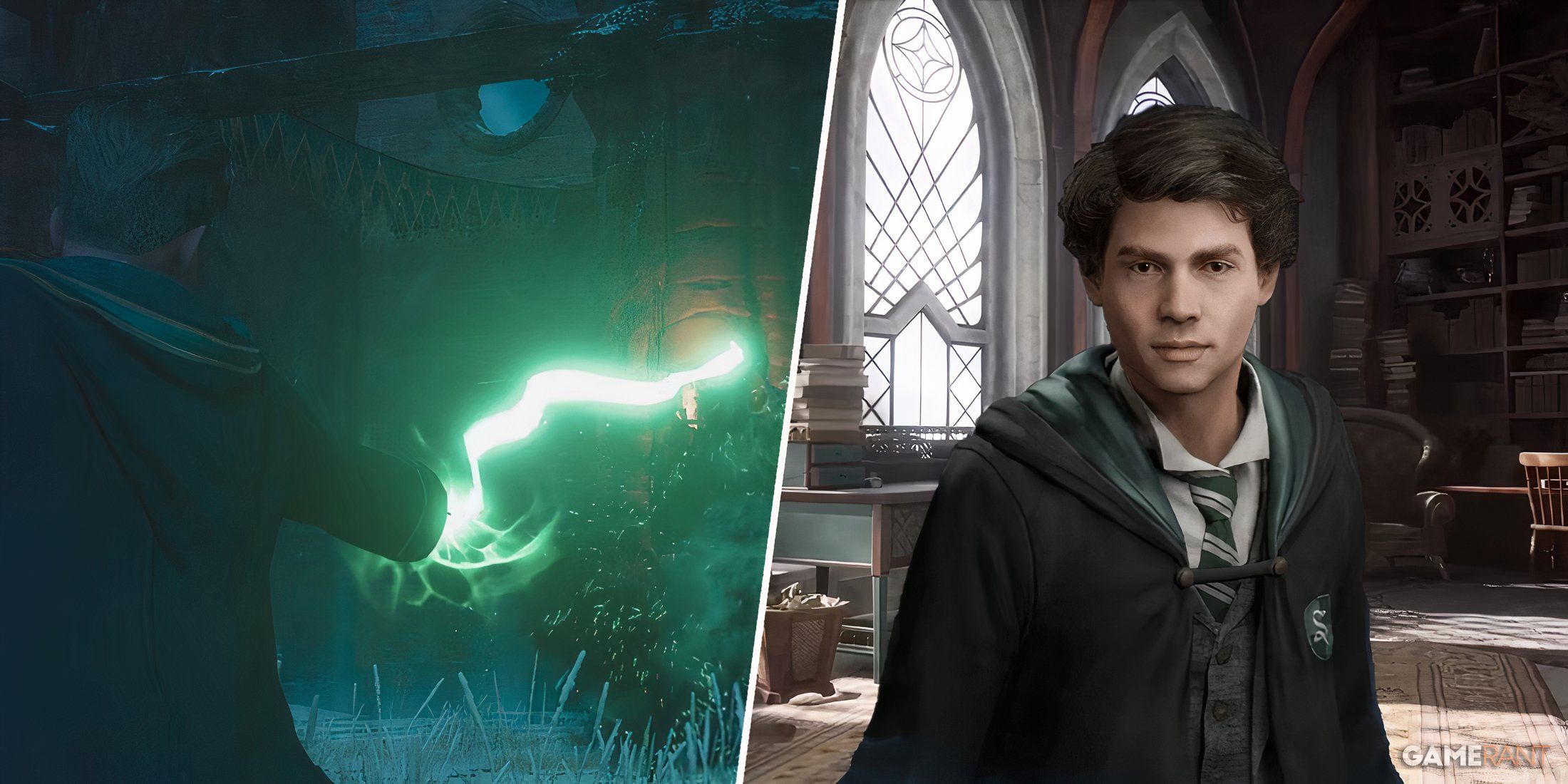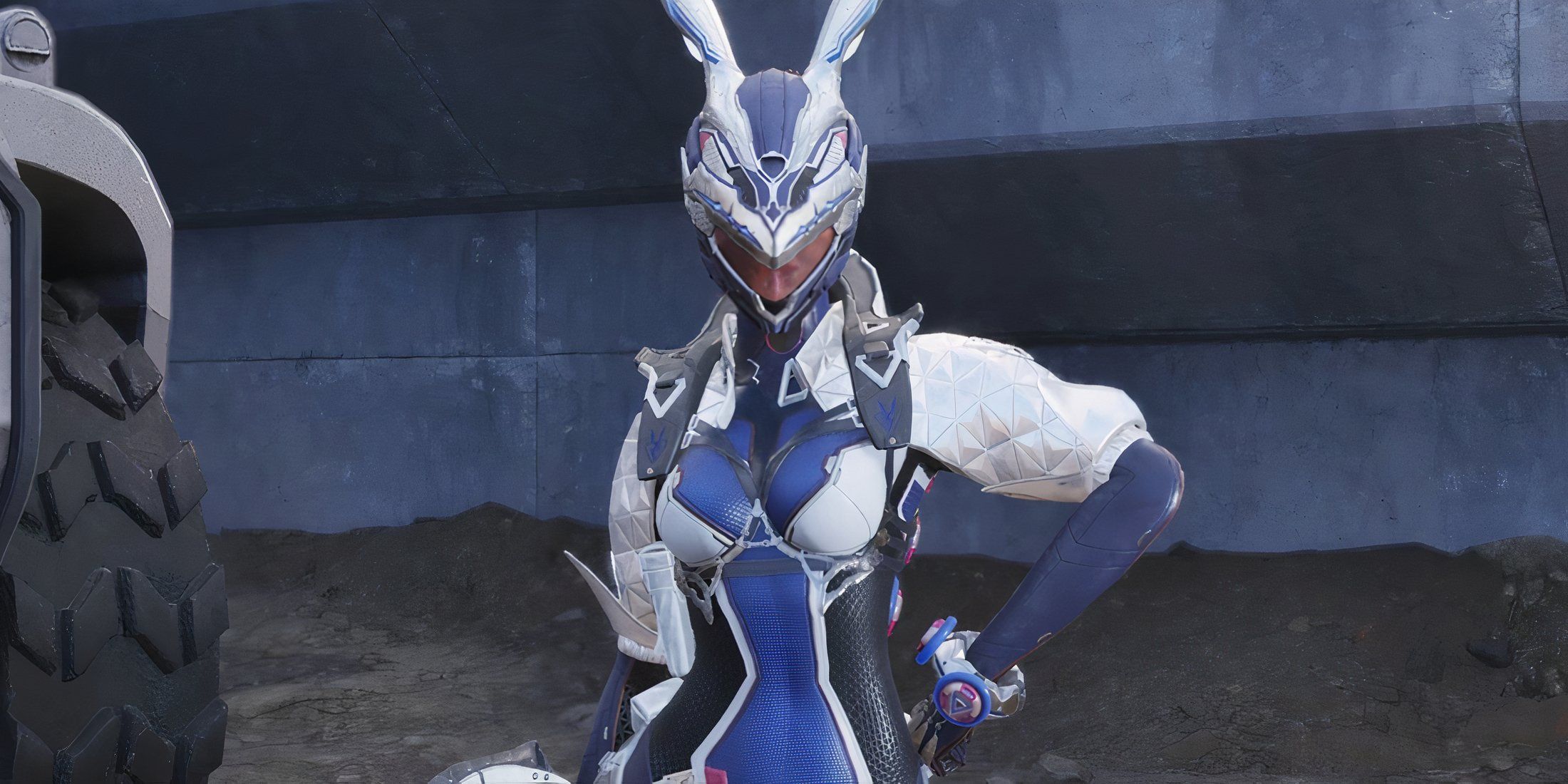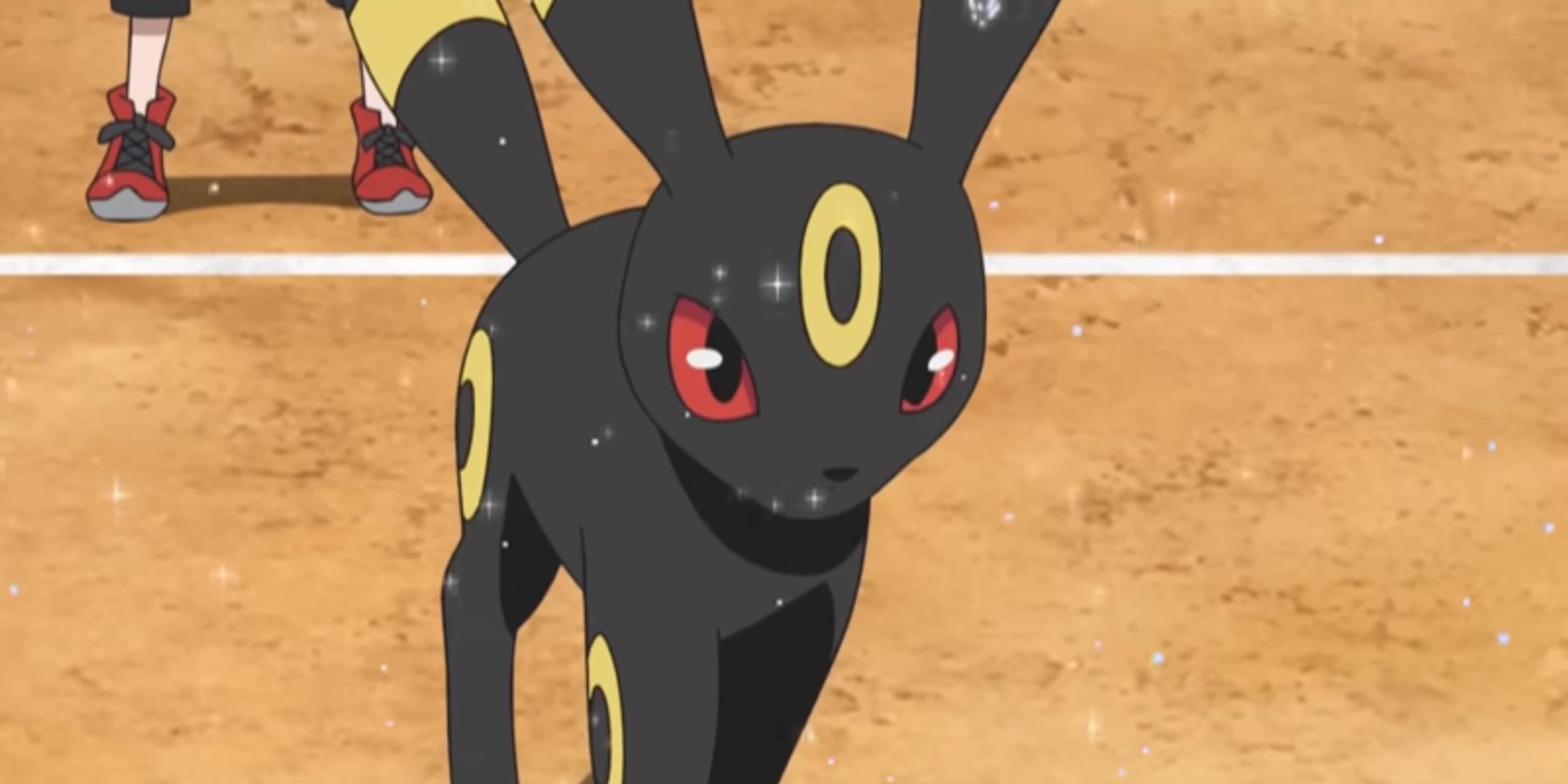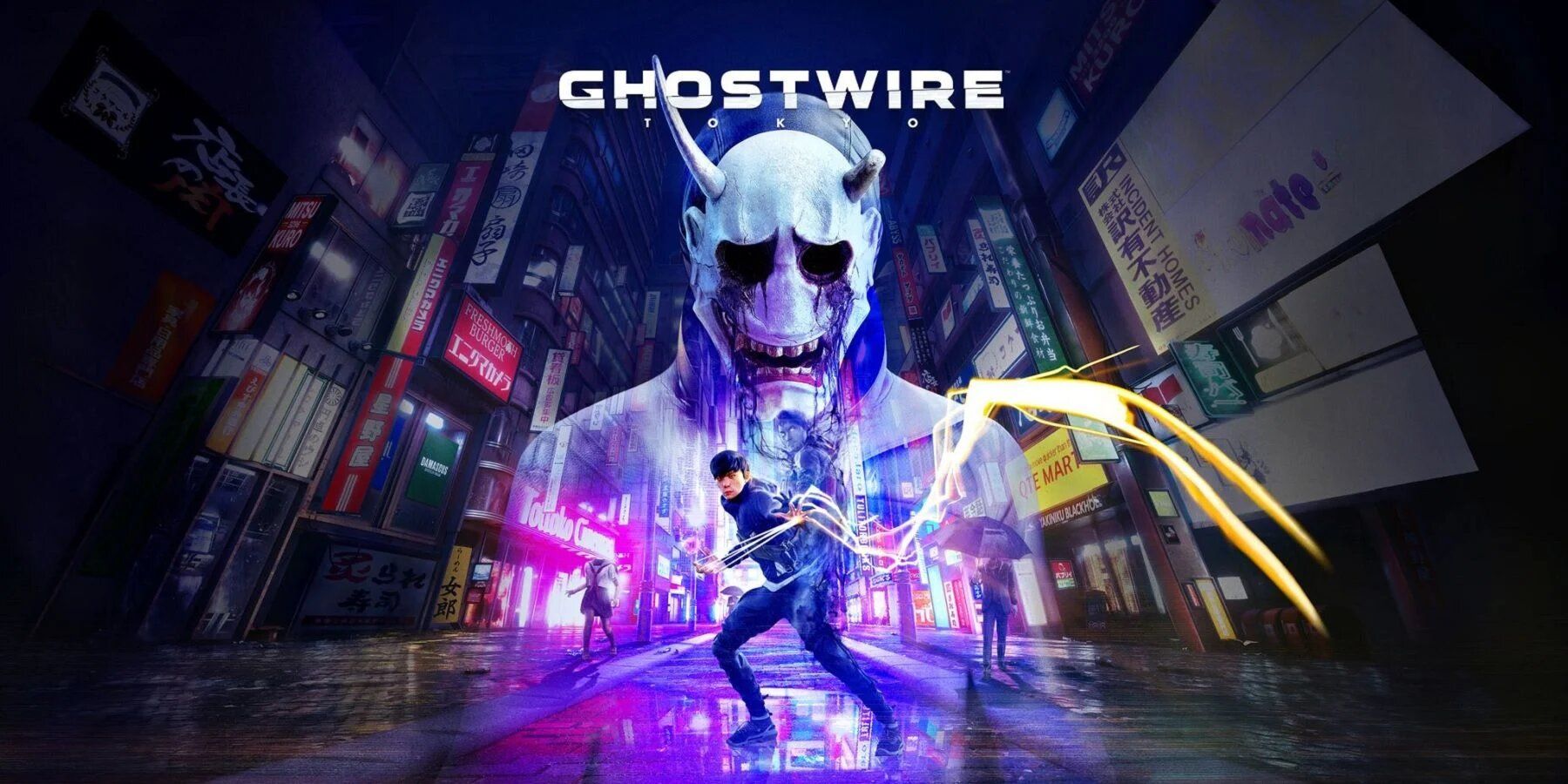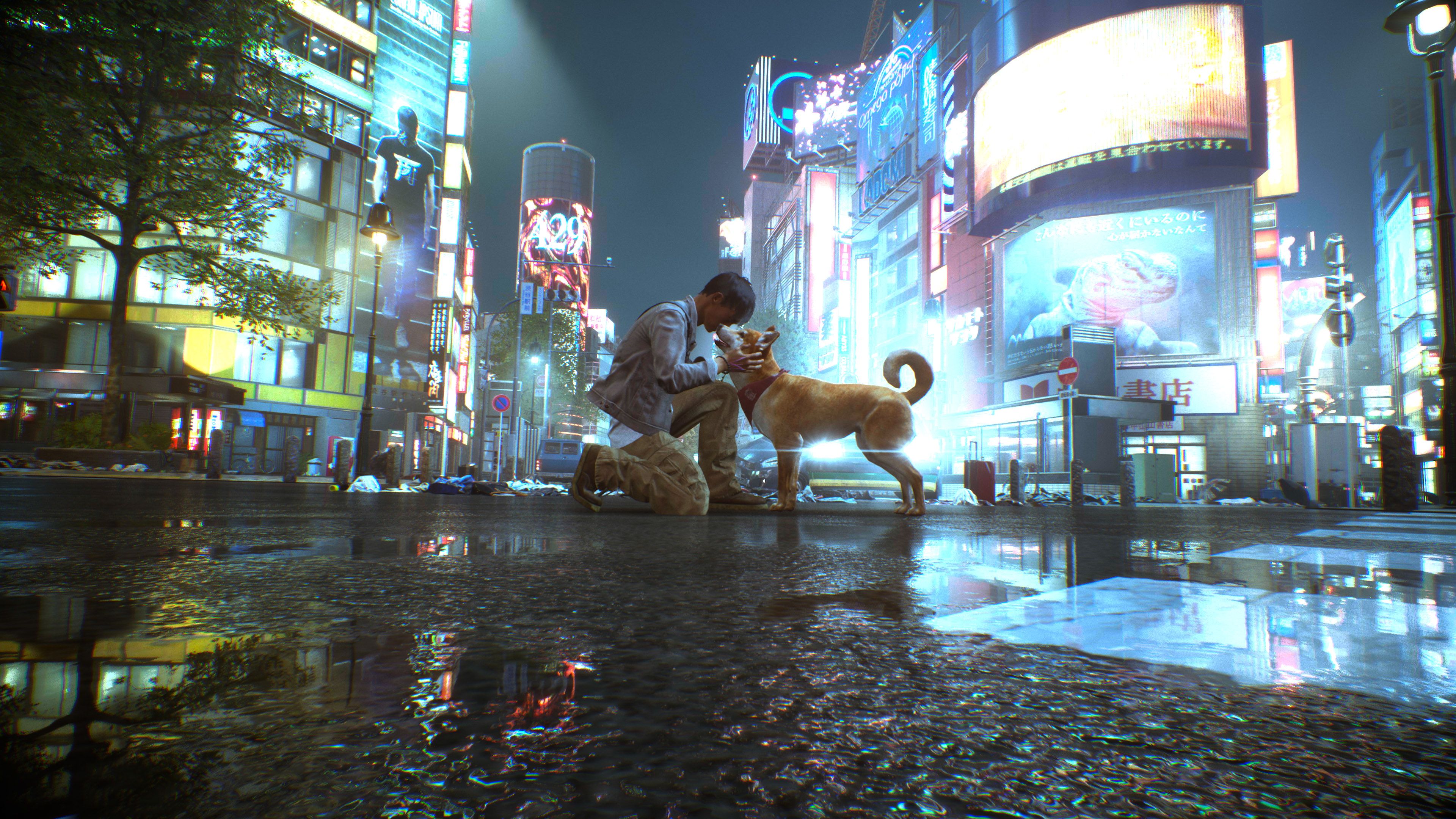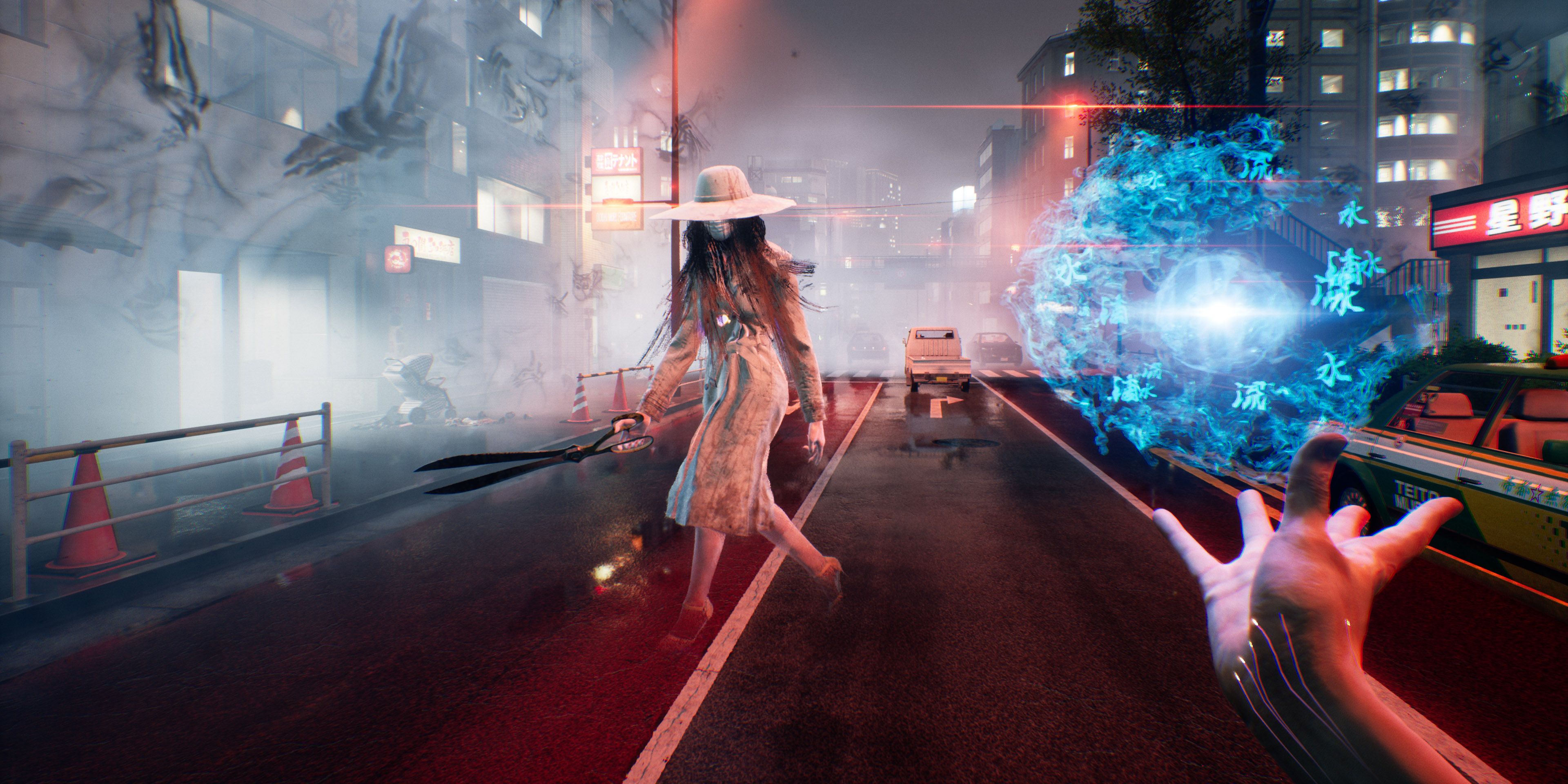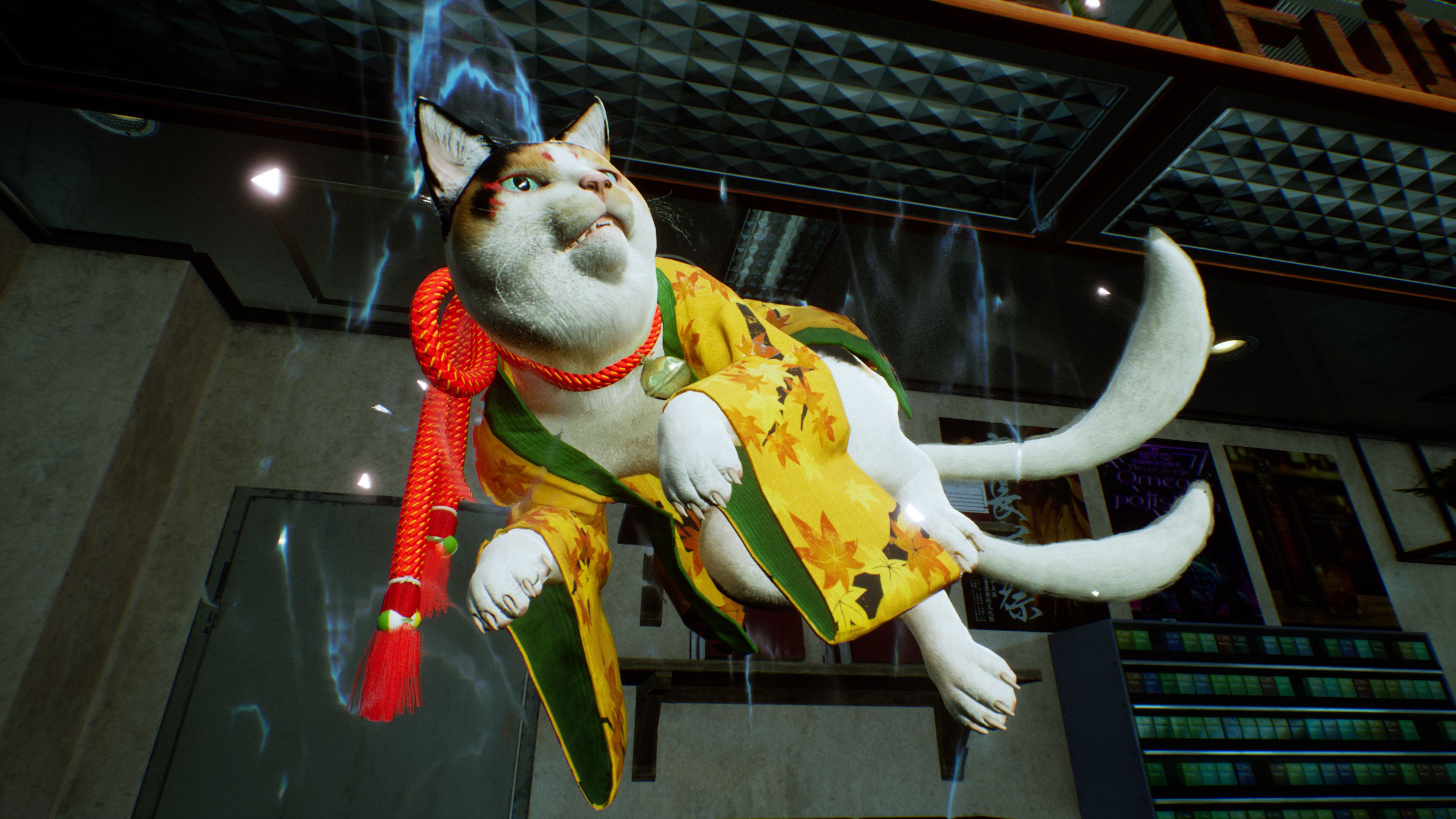When Tango Gameworks and Shinji Mikami revealed that Ghostwire: Tokyo was an action-adventure game instead of a survival horror game, it was understandable that their fans would be confused. Mikami played a big role on Resident Evil and Dino Crisis during his time at Capcom, while Tango’s only other series in its library is The Evil Within. In fact, Ghostwire: Tokyo was first pitched as The Evil Within 3, and parts of that horror element are still evident in its DNA.
Ghostwire: Tokyo jumps right into the action, showing players how people all over the city quickly disappear, and deadly, otherworldly Visitors begin to flood in alongside a dangerous fog. KK, now without any corporeal body, must possess someone to defend the city, and he attempts to take over Akito’s body. Obviously, this is not a great way for any two people to meet, and the growth of Akito and KK’s relationship is one of the best parts of the game.
The most impressive aspect of Ghostwire: Tokyo is the city itself. At times it truly feels like players are walking down the streets of Tokyo, with enough hidden secrets to make general exploration simple fun. It’s so well done and so realistic, in fact, that players could forget they were playing a game filled with horrific monsters, accidentally walking up on one before they realize it isn’t just some little girl on the street.
Although Ghostwire: Tokyo is not classified as an open-world game, it certainly feels like it at times. Players have to clean Torii gates in order to open up new sections of the map, pushing back the deadly fog and unlocking fast travel. This reveals new points of interest, side quests, and more. Soon enough, the map is covered with things to check out and do, and while that’s not necessarily good or bad, its map design certainly feels like a Ubisoft open-world game. It's not to the same scale as recent entries in Assassin's Creed or Far Cry, as Ghostwire: Tokyo has a much smaller map, but it populates that map in a very similar way.
While there are supernatural elements, flying Tengu, enemies, and corruption all around Tokyo, it never makes the city feel unbelievable. The supernatural and the realistic are all balanced, and this shines through when players are exploring the world. Indeed, there are several times when players are out in the open city or in close, damp, and slightly terrifying locations—abandoned parking lots, tight hallways, eerie hospitals—and the scariest aspect isn’t Ghostwire: Tokyo's Visitor designs, but the world itself.
Make no mistake, Tango Gameworks’ experience in enemy design shines through, and these Visitors are disturbing in unique ways. These otherworldly creatures don’t simply play on players' fears, as Tango’s approach has been described as the “unordinary lurking in the ordinary.” Many of these enemies can seem safe from a distance, even mistakable for generic NPCs, but it’s when they turn on players that they really become terrifying. Not to mention, even when players face off with these enemies, it may take an encounter or two before they realize all the detail packed into these enemies.
There are about 10 enemy types in Ghostwire: Tokyo, with many of them having stronger, differently-colored variations in the game. There are also a couple of boss fights in the game, and the strength of each of these goes back to the enemy design. Facing these enemies can be fun because of how they are designed, but combat-wise, players may burn out quickly.
Ghostwire: Tokyo’s combat is best described as a flashy sprint, not a marathon. As Akito acclimates to KK’s spirit in his body, he gains access to three combat abilities. Players must collect ether to recharge these abilities, but they can either shoot a quick and powerful air blast, a fire-spear/bomb, or a wide water attack. There’s also a spirit bow, which KK can use when/if he gets separated from Akito, as well as a few talismans. Ghostwire: Tokyo will occasionally split KK and Akito up, as part of combat in severance attacks or for story reasons, and this really makes the horror of the Visitors stand out. But, nonetheless, everything players will do combat-wise will be done by Chapter 2, and it’s just on repeat from there.
With the way Akito uses his hands to form these attacks, there is a certain wow factor when first seeing Ghostwire: Tokyo’s gameplay. It feels like it has a lot of places it can go, but in a short time, it becomes spamming one attack as quickly as possible or using the strongest attack against a strong enemy. There’s not much to the combat, and the boss fights—which offer the best combat sequences of the game—don’t do too much to build on it.
A lot of Ghostwire: Tokyo also focuses on Akito’s hands, as they are the only source of power in combat, but they are also used to cleanse Torii gates, seal away bad spirits, and more. There are a lot of inspired flourishes with Akito’s hands, depending on what the player is doing, but it’s something where that novelty burns out quickly.
Perhaps one reason for this quick burnout in the game is the pacing of the story. The first two chapters jump straight into the story, laying it all out on the line for Akito and KK and showcasing the sheer potential of its combat and story, but a lot of it doesn’t follow through. Around the midway point of the game, the story comes to a standstill after a massive event, and it doesn’t really add up.
The beginning and the end of Ghostwire: Tokyo are intense, action-oriented, and still terrifying, but everything in between feels less driven. It’s during these times when the side quests in Ghostwire: Tokyo are actually much more interesting than the story. Since there are no living, breathing NPCs in the game, the approach here isn't generally what fans would expect from side quests. Players are often helping spirits resolve things that keep them from moving on, and the game can put players in absolutely terrifying locations, like a hotel where no one leaves alive.
Indeed, Ghostwire: Tokyo is at its best when it allows the player to go full-blown Spirit Detective, which occurs mostly in the side quests. Players will sometimes have to find doorways hidden by Yokai, solve a quick little mystery, chase spirit weasels around, bring certain spirits together, drive them apart, save them, and far more. There are, of course, more traditional side quests in the game—there’s a series of “fetch quests” called requests where players must seek out items for a friendly cat Yokai named Nekomata—but the stories that embrace the Japanese folklore are the absolute best.
Ultimately, Ghostwire: Tokyo's world-building, Japanese folklore, and character dynamics are engaging, but the pacing and combat weigh down the middle section.
Ghostwire: Tokyo releases March 21 for PC and PS5. Game ZXC was provided a PS5 code for the purposes of this review.
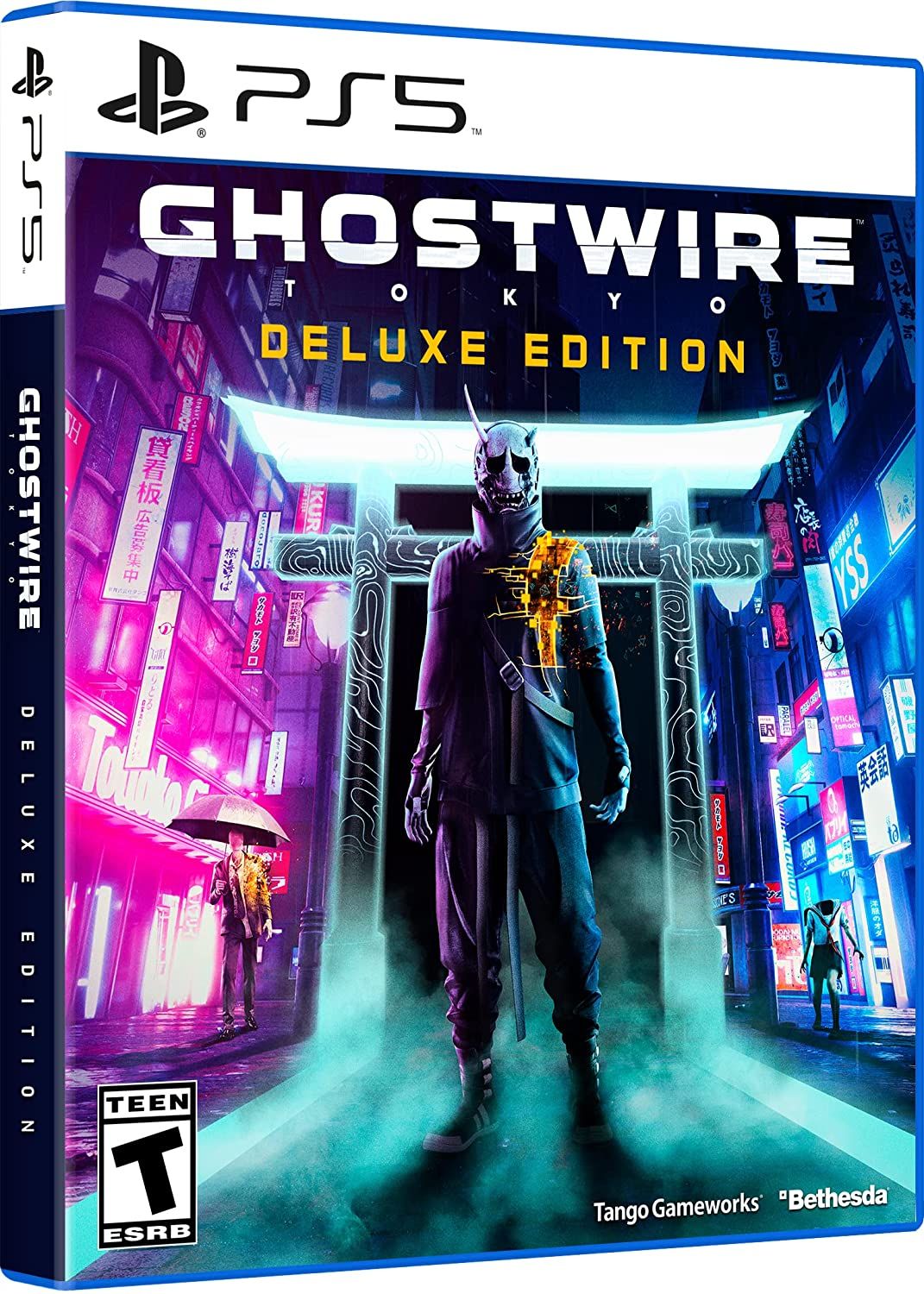
Ghostwire Tokyo
Ghostwire: Tokyo is a captivating video game set in a hauntingly deserted version of Tokyo, where the population has mysteriously vanished. Players are tasked with confronting sinister supernatural forces that now lurk throughout the city. Equipped with an array of elemental powers, players must uncover the truth behind the eerie disappearance and work tirelessly to save Tokyo from its current state of peril.
The Ghostwire: Tokyo Deluxe Edition enhances the gaming experience by including additional content such as the Streetwear Outfit Pack and Shinobi Outfit & Kunai Weapon.

